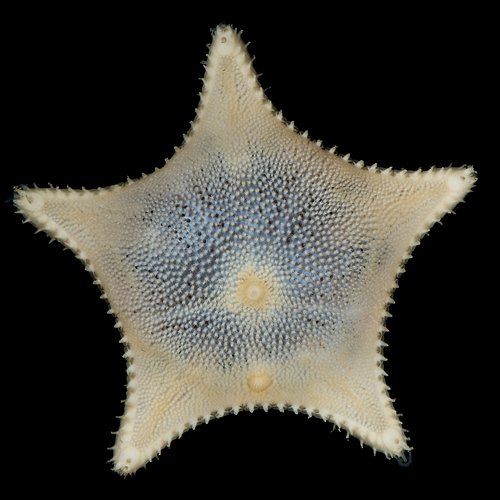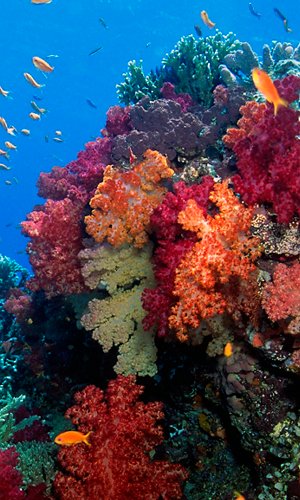The Norwegian Sea is home to a starfish that is a veritable sentinel of climate change. This starfish, which in English is called cookie-cutter seastar because of its shape similar to a cookie cutter, has become the subject of a study conducted by Canadian physicist Pierre Thibault, of the University of Trieste, with Irene Zanette, a researcher at the University of Southampton. The research group, expert in X-ray analysis techniques, has used the Elettra synchrotron, a particle accelerator, as a powerful microscope with which to obtain a large amount of biological data on the reproductive and digestive organs of these organisms and how they are able to adapt to climate change. The scientific name of these starfish, very common in the Norwegian Sea, is Ctenodiscus crispatus. It is believed that they play an important role in the process of carbon capture and therefore the measurements performed in the study may help to understand the effects of climate change on these organisms.






